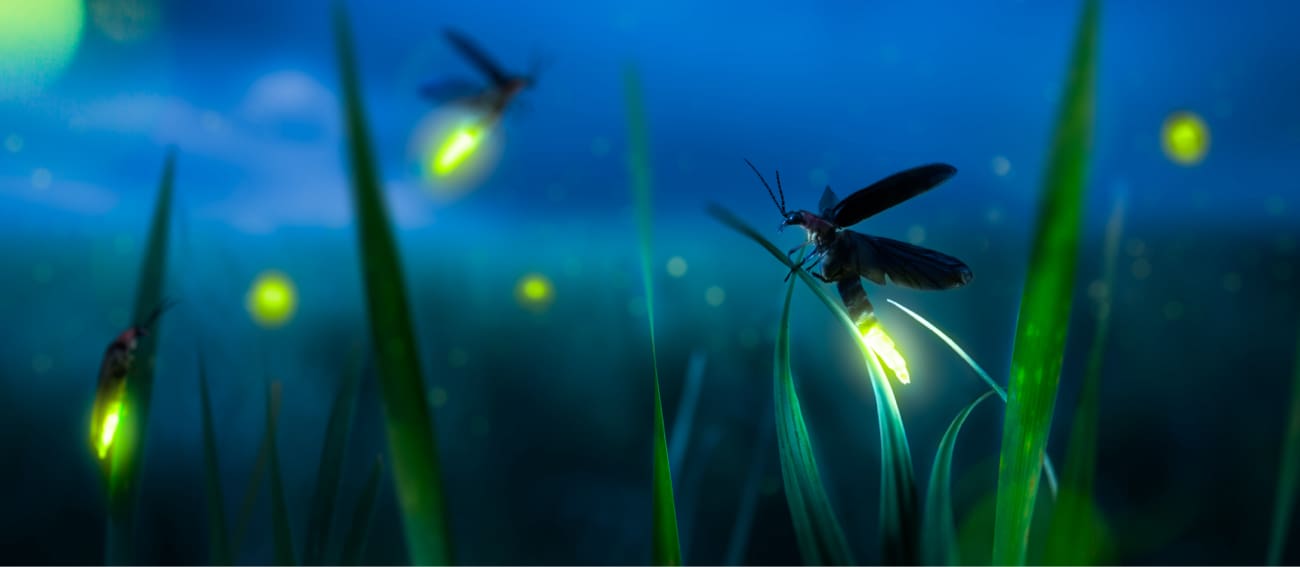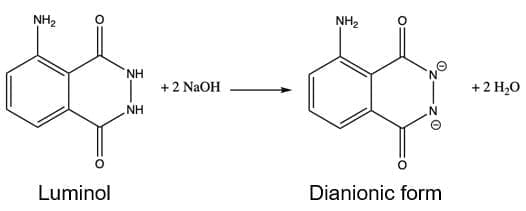Jugant a CSI
Objectiu: Realitzar una reacció luminiscent

-
Materials de laboratori
2 matràs Erlenmeyer de 125 mL
Un vas de precipitats de 250 ml
Espàtules
Cilindres graduats
-
Reactius
Luminol
Hidròxid de sodi (NaOH)
lleixiu (aprox. 5% NaOCl), 10 ml
Aigua
-
Seguretat
No oblideu els guants, la bata de laboratori i les ulleres de seguretat!!!
-
Preguntes
Què passa quan la solució entra en contacte?
Quina reacció té lloc? Quin tipus de reacció és?
Procediment
- Barregeu 10 ml de lleixiu amb 90 ml d’aigua en un matràs Erlenmeyer de 125 ml.
- A l’altre matràs Erlenmeyer, afegiu una punta d’espàtula de luminol, 1 llentia de NaOH i 100 ml d’aigua.
- Agitar durant un minut.
- Apagueu els llums del laboratori i aboqueu simultàniament les dues solucions al vas de precipitats. Observa què passa

Explicació teòrica
En aquest experiment, té lloc una reacció redox : una reacció química en la qual es produeix una transferència d’electrons entre les espècies que reaccionen.
⦁ Els ions hidròxid prenen 2 H+ del Luminol:

⦁ Aleshores, la forma dianiònica del luminol s’oxida pel lleixiu NaClO i després de l’alliberament de nitrogen dóna lloc a l’ió aminoftalat.

L’ió aminoftalat format es troba en el seu estat excitat. Quan torna al seu estat d’energia inferior, allibera aquest “excés” d’energia en forma de radiació electromagnètica (en aquest cas, llum visible).
NOTA: Les solucions es poden emmagatzemar a la foscor durant diversos mesos.

Creem un futur més brillant
Uneix-te al nostre equip per treballar amb investigadors reconeguts i fer front a les novetats
projectes i contribuir a avenços científics significatius














